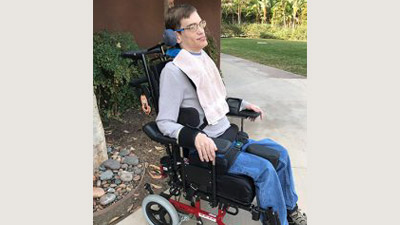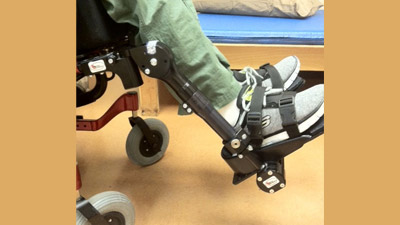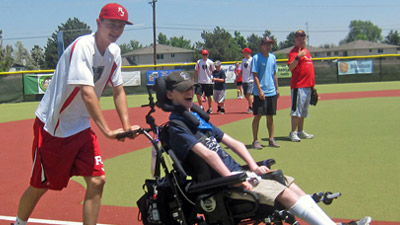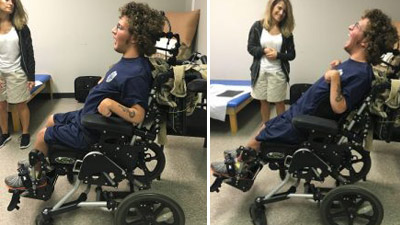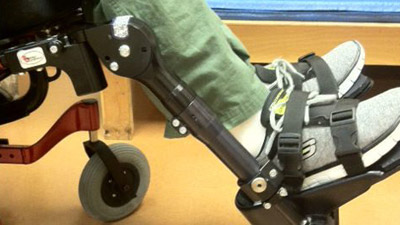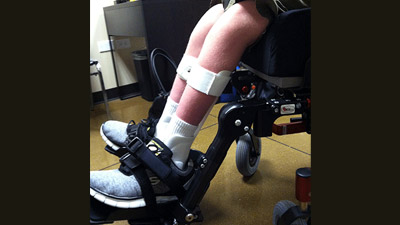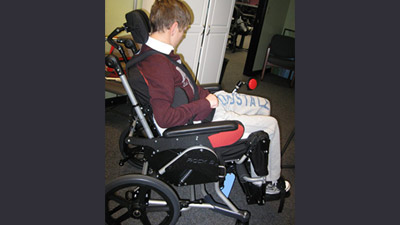Peanut Butter and Jelly: Dynamic Footrests and Securing the Feet
In a recent blog, we discussed how, just like Bread and Butter, use of a Dynamic Back requires the use of a Pelvic Positioning Belt to maintain the position of the pelvis during movement of the Dynamic Back. Well, just like Peanut Butter and Jelly, use of Dynamic Footrests requires the feet to be secured in order for client forces to activate this dynamic component.
Modular Dynamic Seating Components Vs. Integrated Dynamic Seating Systems
Modular components can be retrofitted to a mobility base and used individually or in combination with one another. Let’s take a look at Spencer’s transition from an Integrated system to Modular components.
Preserving Joint Integrity through Dynamic Seating
Daniel is a teenage boy with the diagnoses of cerebral palsy and seizures. He has significantly high muscle tone and has had varied success with tone management over the years. If his feet are not strapped to the footplates, he extends at his knees and his feet are then hanging far in front of the footplates. This increases the turning radius of the wheelchair, places his lower legs at risk of injury, and leads to a loss of position of his pelvis. As a result, his feet have been strapped into shoeholders for most of his life. This positioning has kept his feet on the footplates, but has created other issues.
3 Reasons to Provide Movement at the Knee
Seating Dynamics explains the importance of dynamic wheelchair footrests that allow movement at the knee to reduce client injury and wheelchair damage.
- « Previous
- 1
- 2
- 3
- 4

